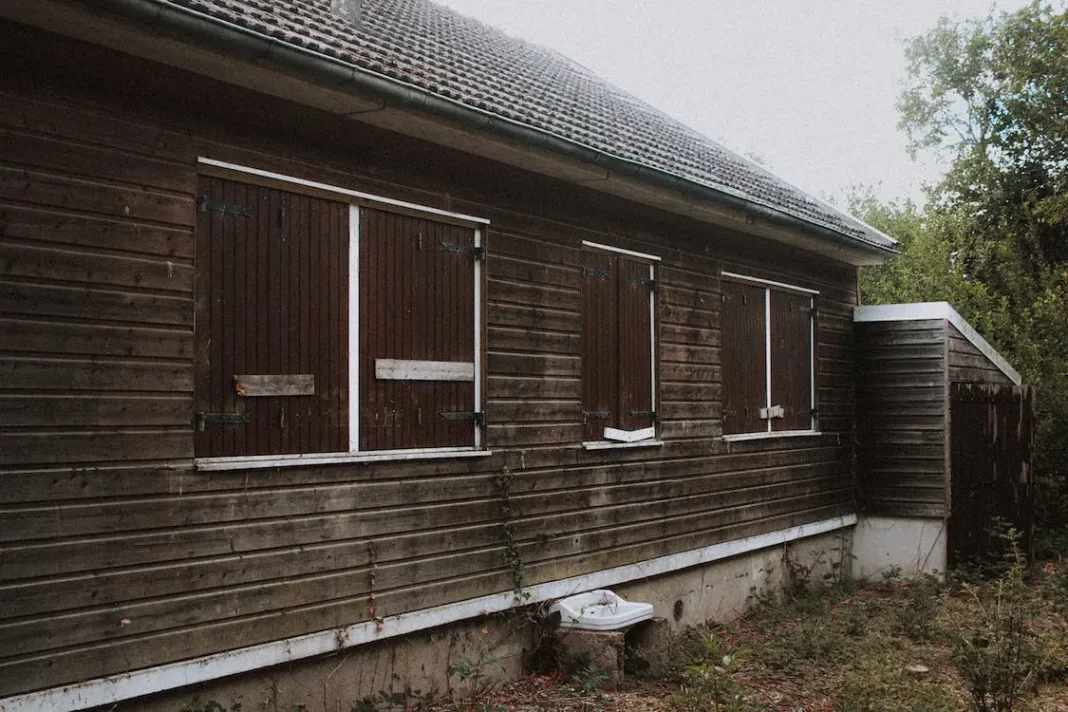Timber frame homes have a rustic charm to them, blending the warmth of timber frames with timeless architectural beauty. However, owning a timber frame building or house comes with a unique set of responsibilities.
According to Show Home Magazine, a major issue with timber frame buildings is their maintenance cost. That’s because to ensure your home’s longevity and retain its inherent allure, you must prioritize regular maintenance. In fact, if you can maintain these houses properly, the costs won’t be too much of a burden on you.
In this article, we’ll explore a few essential maintenance tips tailored to the specific needs of timber frame homes.
Inspect and Treat for Insects and Rot
According to Protech Pest Control, wood-boring insects are arguably one of the main concerns for timber frame home owners. These insects can weaken the structural integrity of the house if left unchecked. Thus, as part of your timber frame home maintenance plan, you need to know how to deal with these insects.
For dealing with insects, you need to schedule regular inspections. These checks are for keeping a close eye on infestations so that you can destroy them immediately after spotting. You need to pay close attention to areas where the timber meets the ground or is exposed to moisture.
Upon spotting an infestation, consider insecticide treatments or replacing the affected wood sections. To prevent infestations, try improving ventilation and reducing moisture exposure. Hamill Creek Timber Homes suggests using insect and mold protection treatments to further prevent damage from moisture and pests.
Keep Your Timber Frame Home Dry
Timber frame homes are particularly susceptible to moisture-related issues. Excessive moisture can lead to rot, mold growth, and insect infestations. To protect your home, establish a regular maintenance routine to keep it dry.
First, ensure your home’s roof and gutters are in excellent condition. Regularly inspect and clean your gutters, and promptly address any roof leaks. Moreover, maintain proper ventilation throughout your home, as pointed out above. Adequate airflow can help prevent moisture buildup within wall cavities and crawl spaces. If needed, install and maintain fans, vents, and dehumidifiers in these areas as needed.
Check and Maintain the Roof
Your timber frame home’s roof plays a vital role in safeguarding it from external elements. Regular and thorough inspection and maintenance can prevent leaks, water damage, and structural issues.
Start by examining the roof’s condition, looking for damaged or missing shingles, as well as signs of wear and tear. Ensure that roof vents and flashing are intact and functioning correctly. Then, trim overhanging tree branches as they can damage the roof during storms. These branches and their leaves might also block the gutters and lead to roof leaks.
Roof maintenance should be performed at least once every three to four years according to Forbes. However, timber roofs might require an inspection once a year, ideally before the rainy season or winter.
Maintain the Woodwork
The natural beauty of timber frame homes evidently lies in their exposed woodwork. Thus, preserving this aesthetic is a must, and ensuring this requires ongoing maintenance. Look for wear and discoloration. Exposure to sunlight or harsh UV rays might be particularly damaging.
For cleaning the woodwork, use a mild detergent and a soft cloth to wipe it clean. Make sure the wood dries completely after you’re done cleaning. Consider using wood preservatives to rejuvenate the wood and give it a glossy new look. You can reapply the preservative once every two to five years as needed.
Insulate and Seal Gaps
As timber frame homes age, gaps may develop between wooden elements due to natural settling and changes in temperature and humidity. These gaps can lead to heat loss, drafts, and even pest intrusion.
Use appropriate sealants or caulking to fill gaps around windows, doors, and where different wood components meet. Inside your home, inspect for drafts around outlets, switches, and baseboards. Address these areas by adding weather stripping or additional insulation.
Address Foundation and Structural Concerns
Over the years, your timber frame home’s foundation and structural components may experience settling or shifting. Regularly inspect the foundation for cracks, settling, or signs of structural stress.
Consult with a structural engineer or contractor experienced in timber frame construction to assess and repair any issues. They can provide guidance on reinforcing weak areas, addressing foundation problems, or making structural adjustments to maintain the integrity of your home.
Maintaining the integrity of your home’s foundation is crucial, not just for the stability of the structure, but also for the safety of its inhabitants. It’s wise to have a routine check-up of your property’s base by a foundation repair expert. They can offer a comprehensive assessment, catching potential problems early on, which can save you not only from dangerous living conditions but also from costly, extensive repairs down the line.
A qualified expert will have the knowledge and tools to ensure your home’s foundation continues to support your timber frame home effectively for years to come.
Conclusion
Owning a timber frame home is a rewarding experience. However, it comes with the responsibility of regular maintenance to protect its timeless beauty and structural integrity.
By following these maintenance practices, you can ensure that your home is strong and beautiful for generations to come. Early intervention and a proactive approach to maintenance are key to preserving your timber frame home’s charm and longevity.


